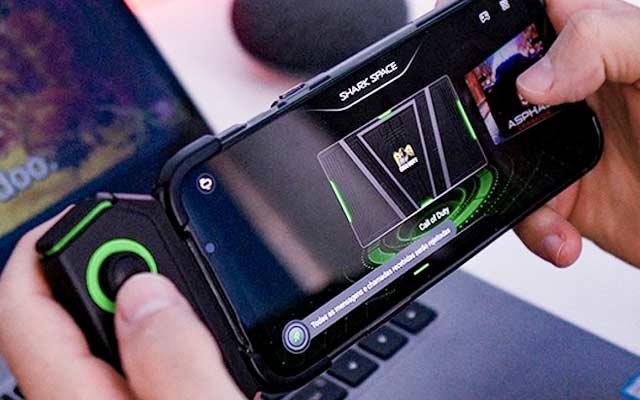South Korea, essentially the first country to launch 5G at large scale, has succeeded by adopting an aggressive strategy, say experts who believe that its progressive approach has paid off.

Latest data on the 5G communications rollout in South Korea provides an insight into what makes a successful launch possible. An expert on mobile connectivity shared his view with E&T on lessons other countries could learn – notably the UK with its ambitious 5G plans.
The Desire
The desire within South Korea, one of the world’s most advanced mobile nations, to be a leader in 5G was great. Consequently, the country’s Ministry of Science and ICT coordinated a simultaneous launch between three major operators.

Speed of adoption of 5G surprised Jungermann . “Korean operators have successfully managed to articulate the benefits of customers,” he said. “They are buying it even though it is more expensive”. Straightforwardly, limited and unlimited data plan help the marketing of high speed internet plans. A limited high speed plan costs around 55,000 Korean won (around £37.5) per month, according to Jungermann, who visited Korea in mid-July to meet the industry and observed the shops and showroom of the 5G three operators. Unlimited plans start at around 80,000 won (£54.50).
According to Jungermann, the Korean pricing model has worked. “I think the price strategy is good. KT, one of the operators, has done it cleverly. Hence, they drew an equal sign between 5G and unlimited. So they are introducing a truly unlimited plan together with 5G. They have four 5G plans in total. Three of them are unlimited and have no speed throttling beyond certain limits. That’s good. As unlimited plans are more expensive they drive the total revenue. Therefore, People that are interested in 5G will most likely also upgrade”.
On its way to garnering more subscribers, the government is positioning itself as a global leader in communication technology. Hence, its dominance in high speed internet is no surprise. Basically, Korea as a nation is ambitious. They set themselves the goal to have about the 20 per cent market share globally when it comes for example to things like network gear.
Additionally, in early May, the three networks had amassed a combined 260,000 subscribers. In which17,000 people sign up a day. By way of comparison, it took 80 days after the launch of 4G to reach the one million mark.
Current Situation of 5G
At the current pace of adoption, South Korea will have more than four million 5G users by the end of 2019. However, this could increase if there is strong demand for devices like the Samsung Galaxy Note 10.
However, there are concerns that adoption is being encouraged by unsustainable subsidies as the three operators seek to win market share from each other. Besides, SK Telecom has 40 per cent of the internet market, while KT and LG Uplus have 30 per cent each. Ultimately, this could harm profits and limit future investment in infrastructure.https://www.google.com/url?sa=t&source=web&rct=j&url=https://www.zdnet.com/google-amp/article/korea-gains-260k-5g-subscribers-in-first-month/&ved=2ahUKEwiz7fmZvvfjAhUPUI8KHWEFB-8QFjAMegQIARAB&usg=AOvVaw3J2_qGd6HLPoOVPnwtkbEl&cf=1




